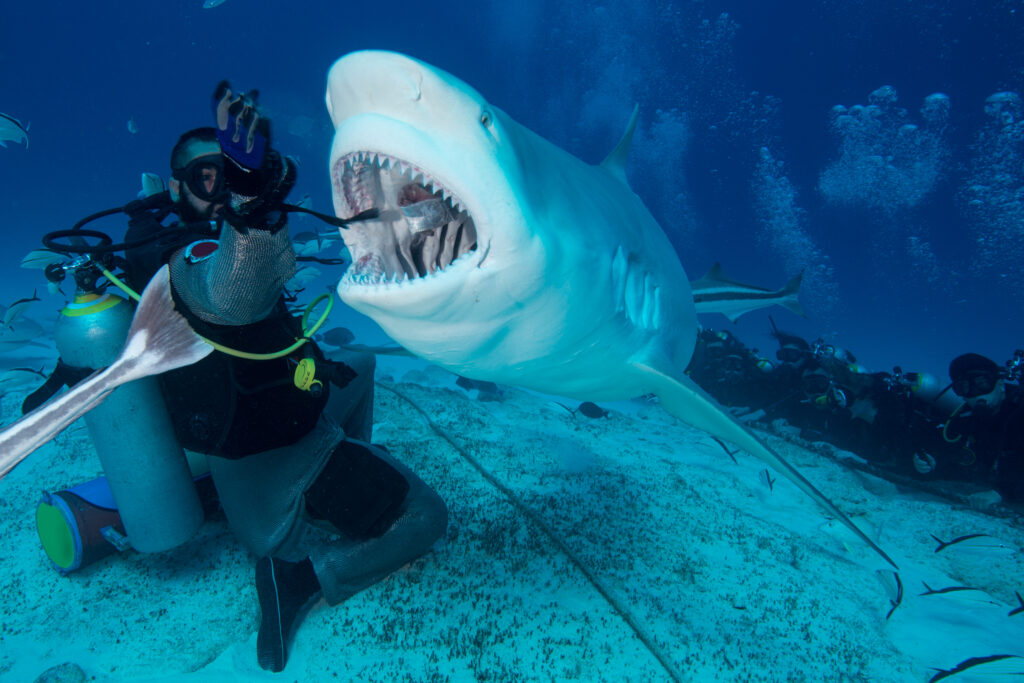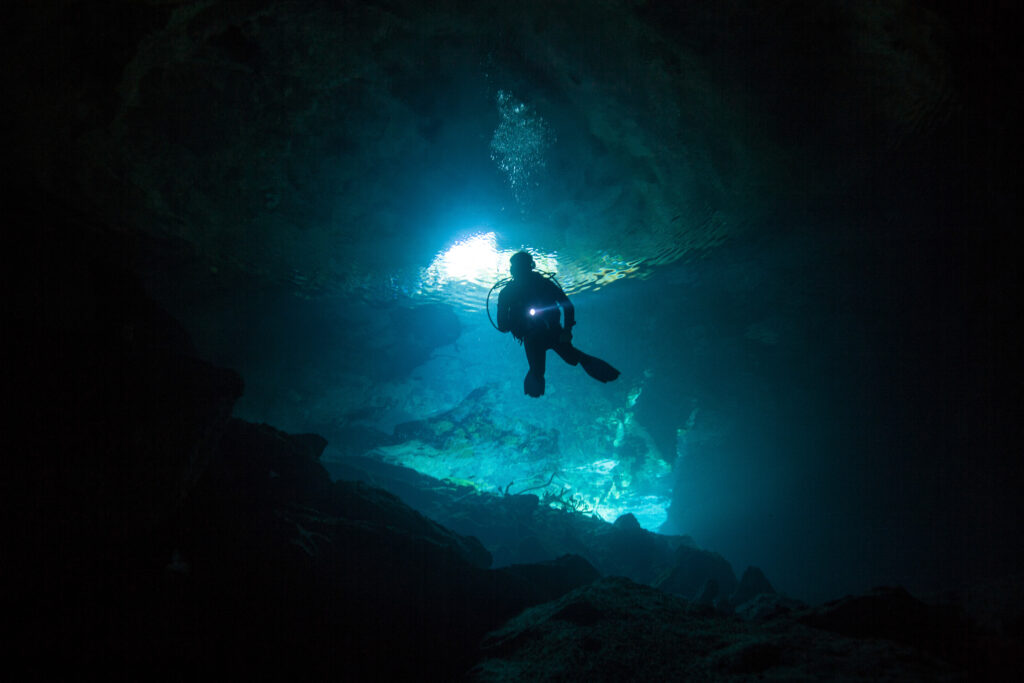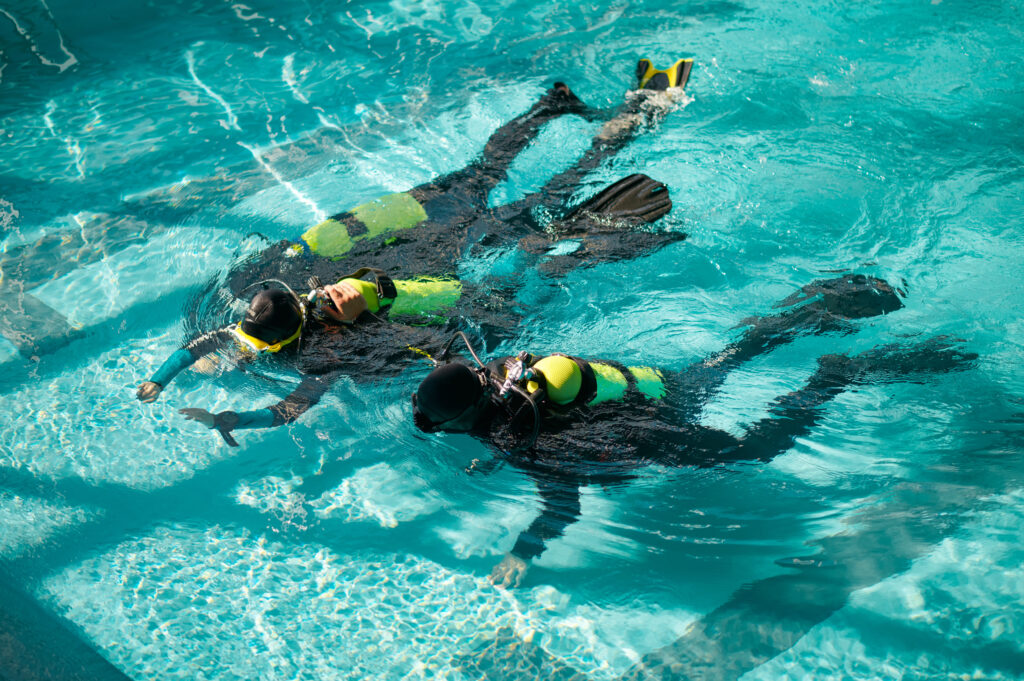What is Open Circuit Scuba?

Open circuit scuba diving is a method of underwater diving in which the diver breathes from a tank of compressed gas and exhales directly into the water. This system is contrasted with closed-circuit systems, where exhaled gas is recycled and re-breathed. Open circuit scuba is the most common and widely used system in both recreational and professional diving. It is valued for its simplicity, reliability, and the extensive training programs available to certify divers. The ease of use and availability of open circuit scuba equipment have made it a cornerstone of underwater exploration.
What is a Dive Operator?

A dive operator is a professional entity responsible for organizing and facilitating scuba diving activities for individuals and groups. Dive operators play a crucial role in ensuring safe, enjoyable, and educational experiences for both novice and experienced divers. They provide a wide range of services, including equipment rental, guided dives, training courses, and logistical support for dive trips. As central figures in the scuba diving industry, dive operators are essential for maintaining high standards of safety and environmental stewardship. Their expertise and resources enable divers to access and enjoy underwater environments that might otherwise be difficult to reach or navigate.
What is the Professional Association of Diving Instructors (PADI)?

The Professional Association of Diving Instructors (PADI) is the world’s largest diving training organization, renowned for its comprehensive education system and certification programs. Founded in 1966, PADI has played a pivotal role in standardizing and enhancing diving training globally. With a mission to explore the underwater world safely and responsibly, PADI offers a wide range of courses that cater to beginners and experienced divers alike. Its extensive network of dive centers and professionals has made it a cornerstone of the diving industry, contributing significantly to the sport’s popularity and accessibility.
What is a Dive Light?

A dive light is an essential tool for scuba divers, providing illumination in the underwater environment where natural light is often limited. These specialized lights are designed to withstand the harsh conditions of the underwater world, including pressure, moisture, and temperature variations. Dive lights enhance visibility, safety, and the overall diving experience, making them indispensable for night dives, cave dives, and exploring shipwrecks. They also aid in underwater navigation and communication, helping divers signal each other and identify landmarks. With advancements in technology, dive lights have evolved to offer various features tailored to different diving needs.
What is a Primary Light?

A primary light is an essential tool for scuba divers, serving as the main source of illumination during underwater excursions. The role of a primary light extends beyond simply illuminating the surroundings; it enhances visibility, aids in navigation, and significantly contributes to safety. Whether diving in murky waters, exploring intricate underwater caves, or embarking on a night dive, a reliable primary light ensures that divers can see their environment clearly, identify potential hazards, and communicate effectively with their diving partners. Understanding the importance and functionality of primary lights is crucial for anyone engaging in scuba diving activities.
What is an Inflator Valve?

An inflator valve is a crucial component of scuba diving equipment, particularly in buoyancy compensators (BCDs), allowing divers to adjust their buoyancy underwater. By adding or releasing air into the BCD, divers can achieve neutral buoyancy, making it easier to maintain their position in the water. The inflator valve’s functionality directly influences a diver’s control and safety, making it an essential element for any diving expedition.
What are Diving Signals?

Diving signals are the primary means of communication between divers when they are underwater. Unlike the surface world, verbal communication is impossible underwater due to the limitations imposed by the diving environment, such as water density and the need for breathing apparatus. As a result, divers rely on a well-established set of visual and tactile signals to convey messages. These signals are essential for ensuring safety, coordinating activities, and sharing observations during a dive. The development and standardization of these signals have been critical to the advancement of both recreational and professional diving, allowing divers from different backgrounds and experiences to communicate effectively.
What is an LED Dive Light?

LED dive lights are a critical tool for underwater exploration, providing divers with the necessary illumination to navigate and observe their environment. Light Emitting Diode (LED) technology has revolutionized underwater lighting, offering a reliable and efficient source of light that is well-suited for the unique demands of diving. This article explores the history, technological aspects, design features, types, applications, advantages and disadvantages, maintenance, safety considerations, and market trends of LED dive lights.
What is a Dive Profile?

What is a Dive Profile? A dive profile is a detailed plan that outlines the depth and duration of a scuba dive, including the rates of descent and ascent, and any necessary decompression stops. It is a crucial element in scuba diving that ensures safety by managing the diver’s exposure to pressure changes and the […]
What is a Pushing Tide?

A pushing tide, often referred to as a flood tide, is a natural oceanographic phenomenon where the incoming tide causes seawater to flow toward the shore. This type of tide plays a significant role in coastal environments and activities, particularly in scuba diving. Understanding pushing tides is crucial for divers as it affects both the safety and the overall experience of their underwater ventures. In essence, a pushing tide can significantly influence water conditions, marine life behavior, and the physical landscape of dive sites.
